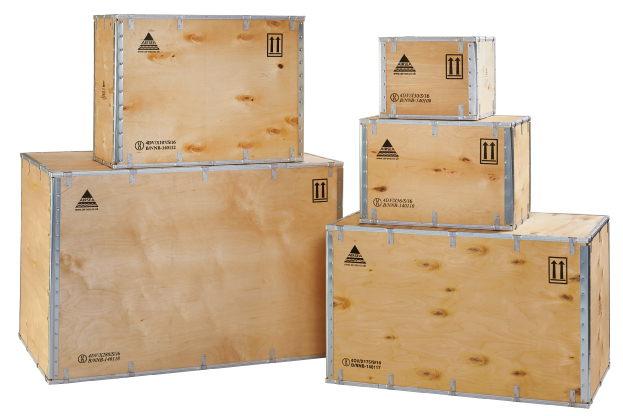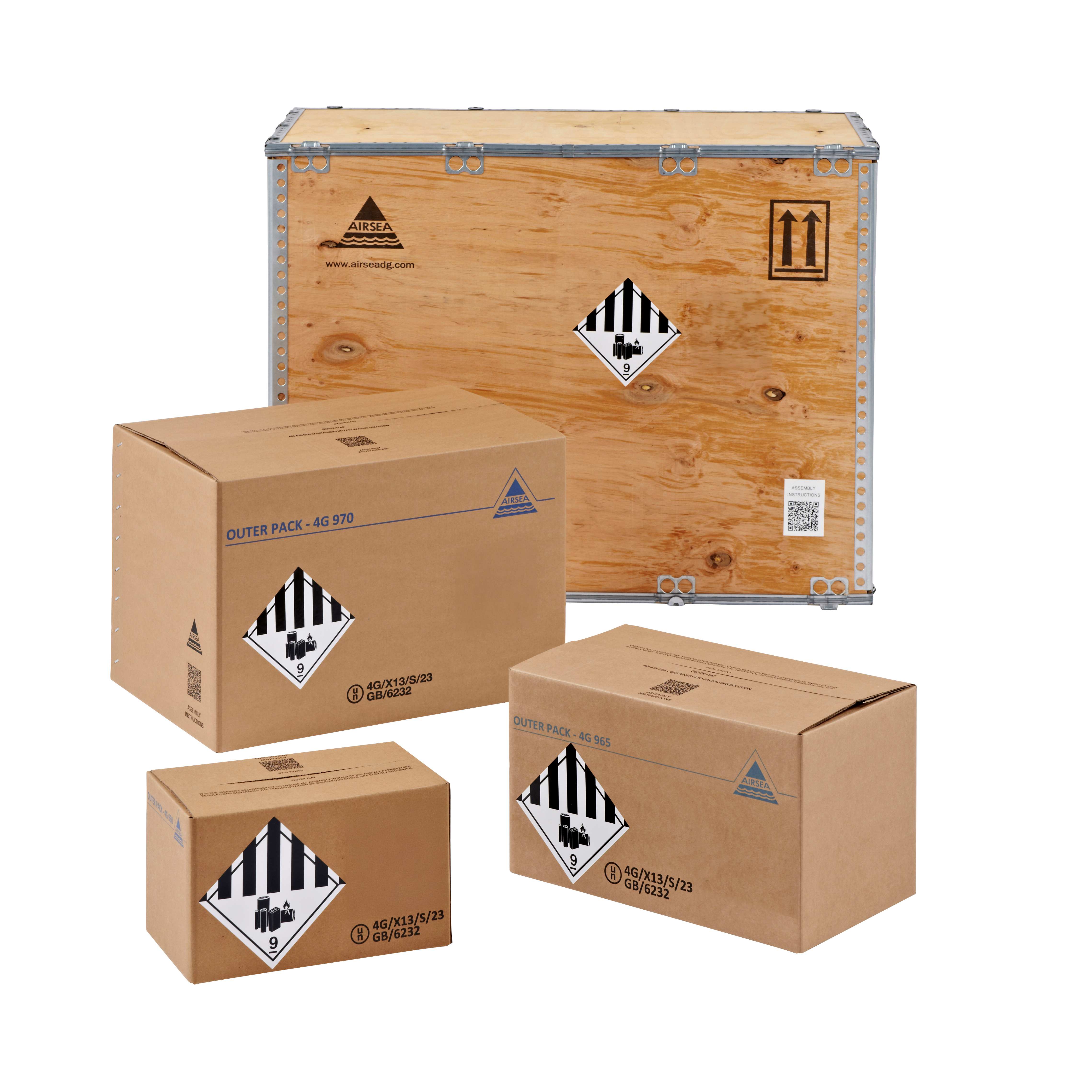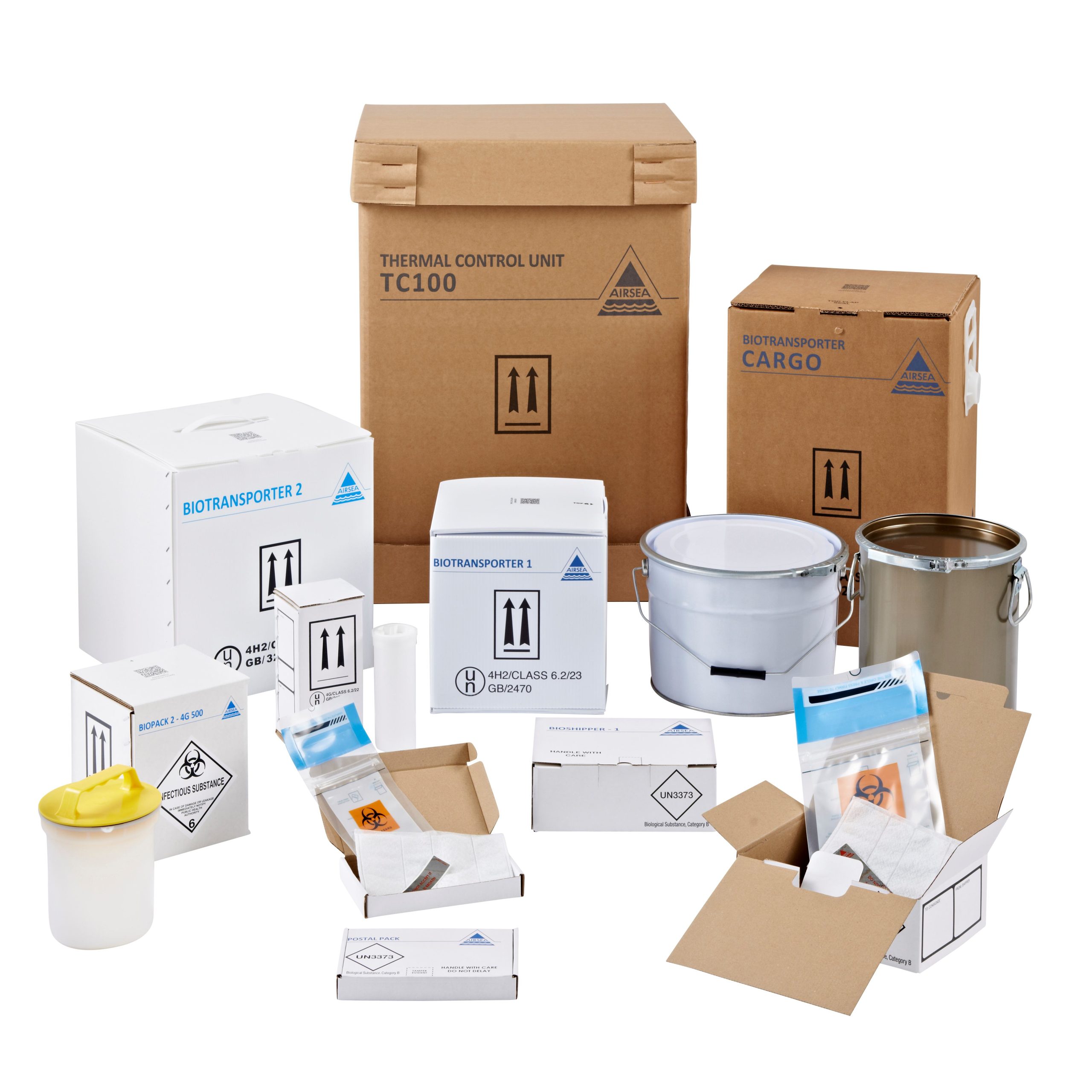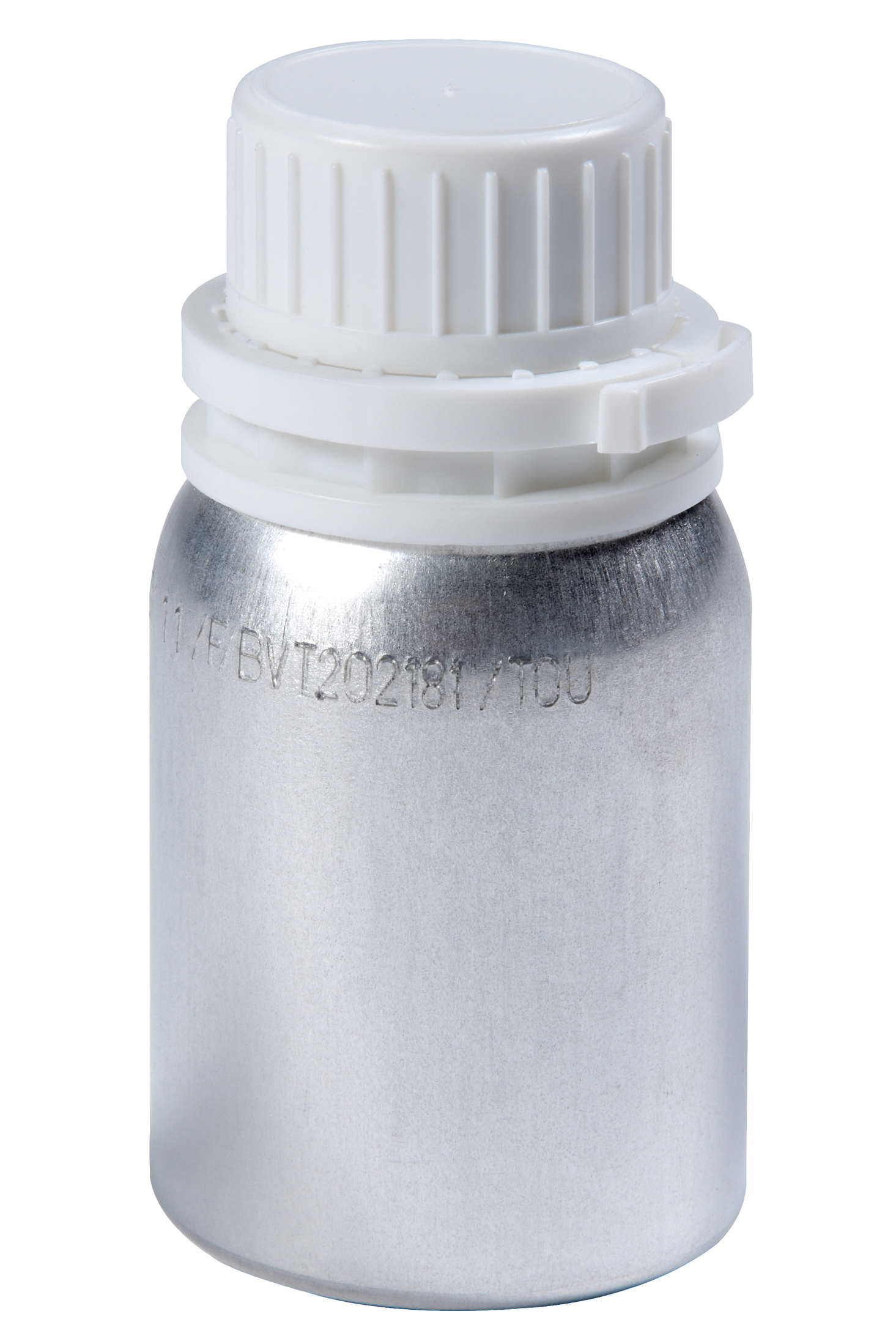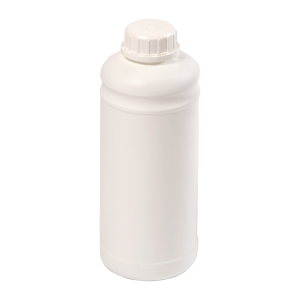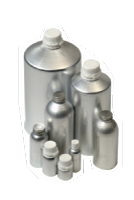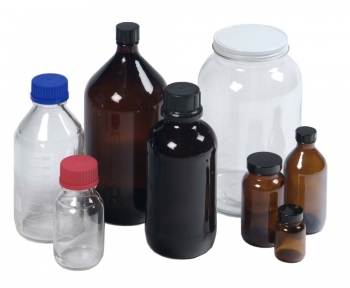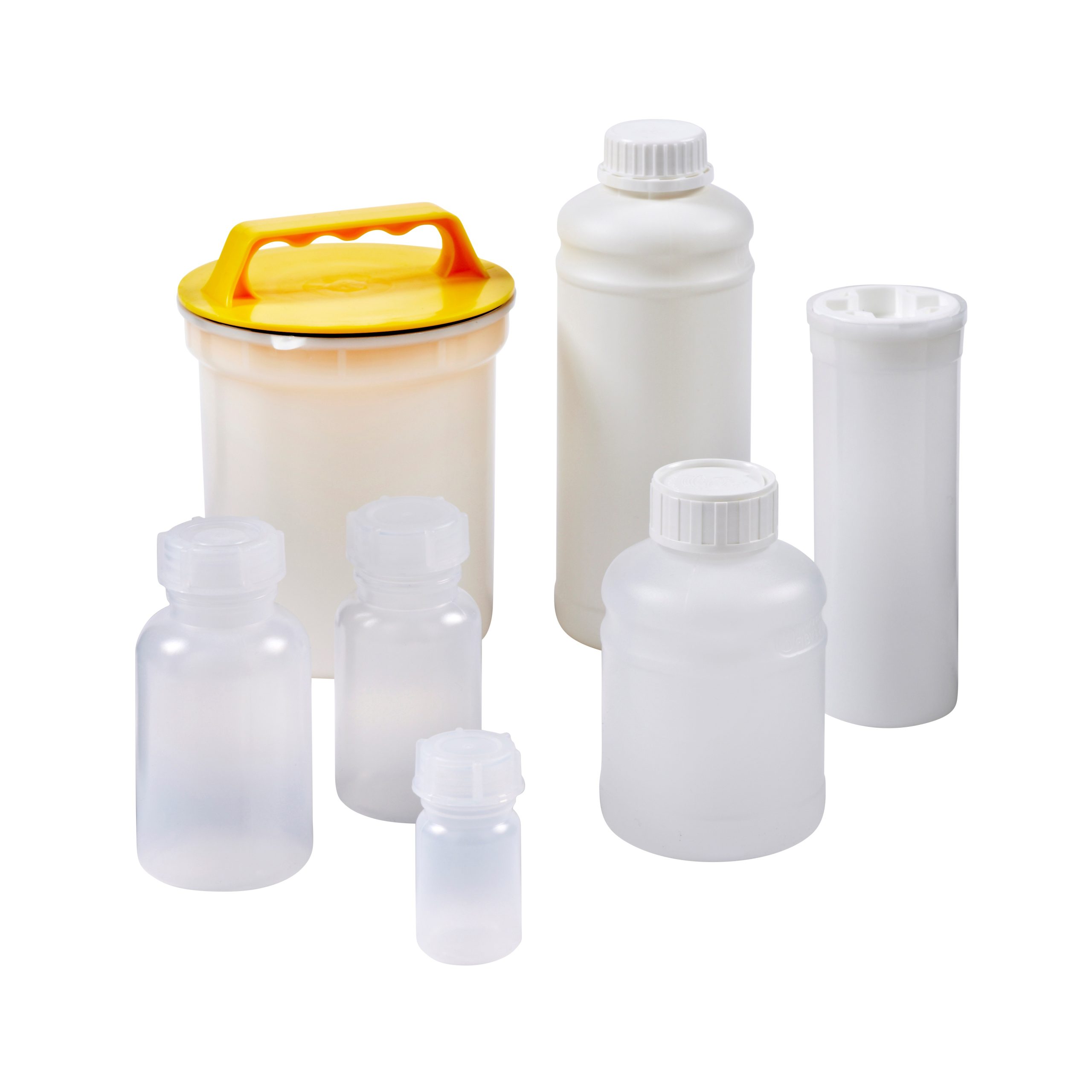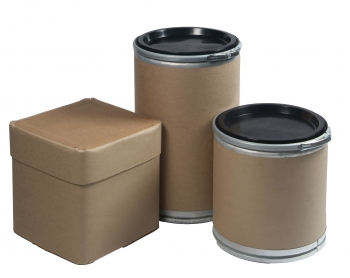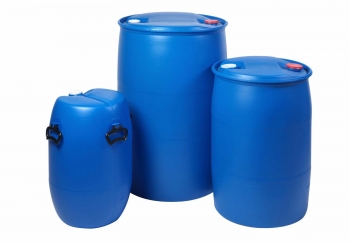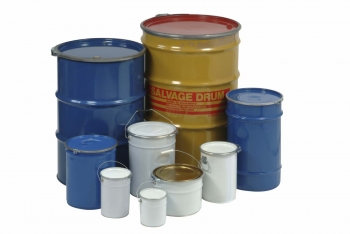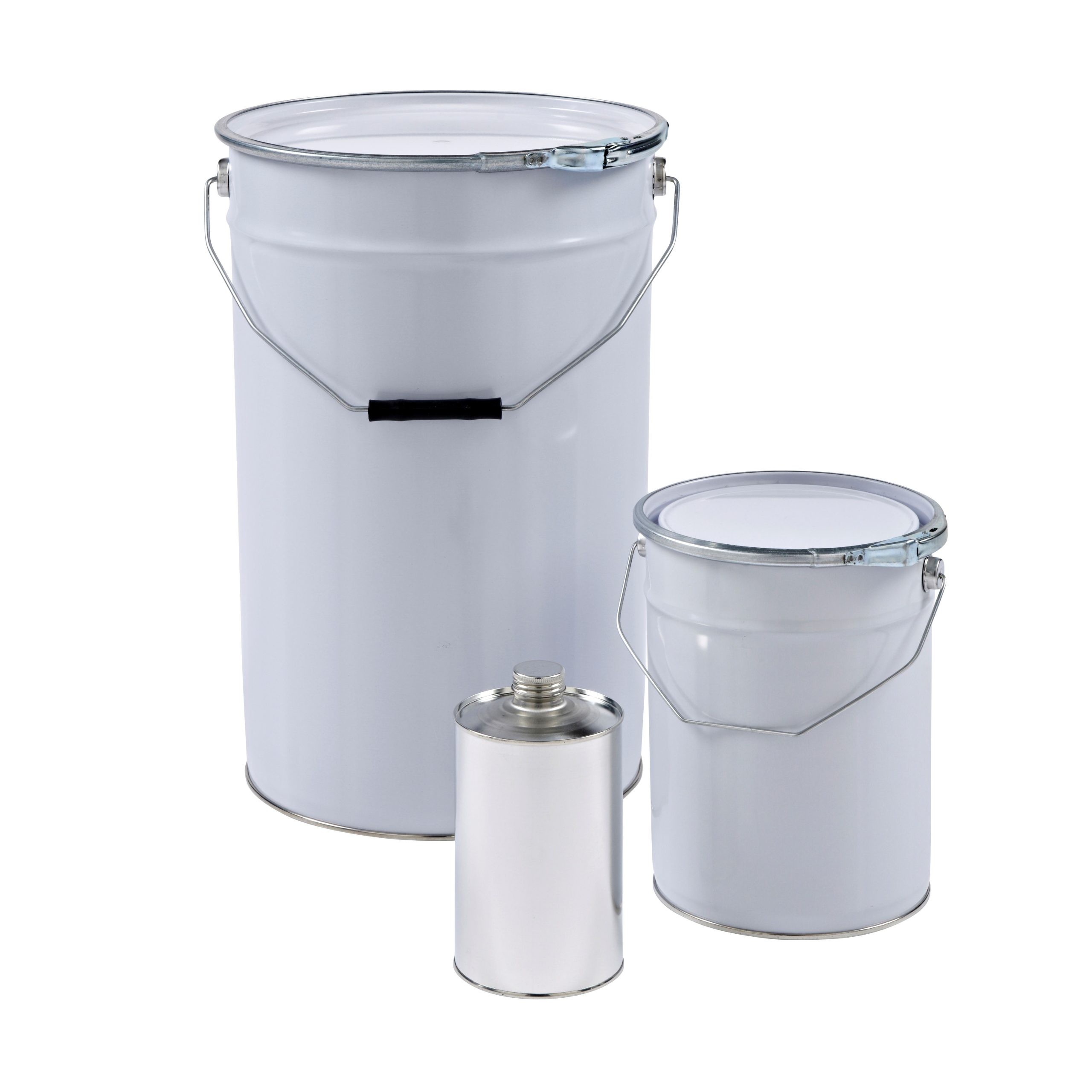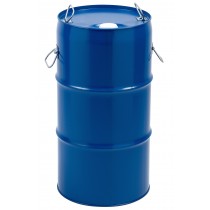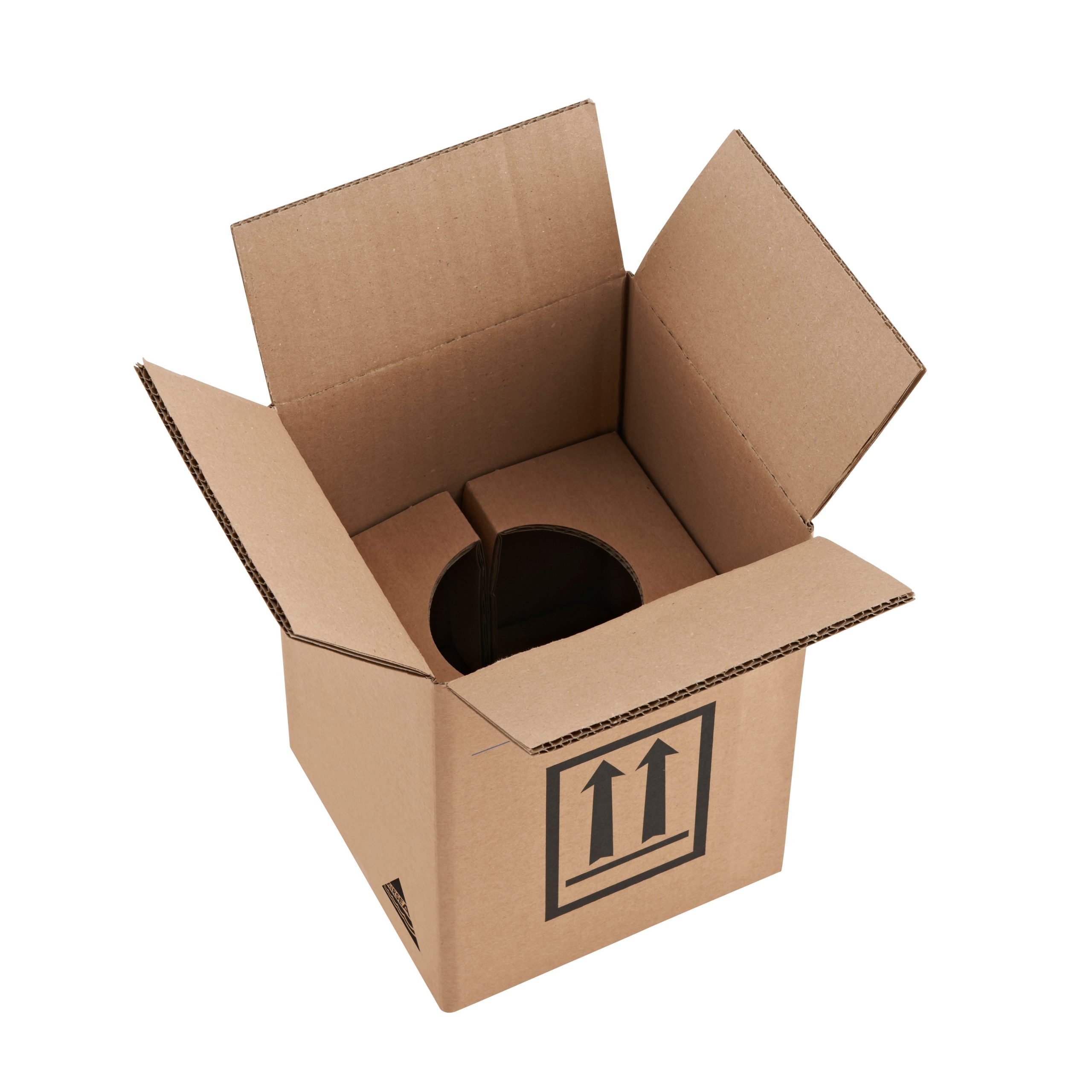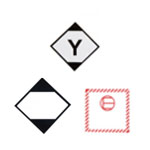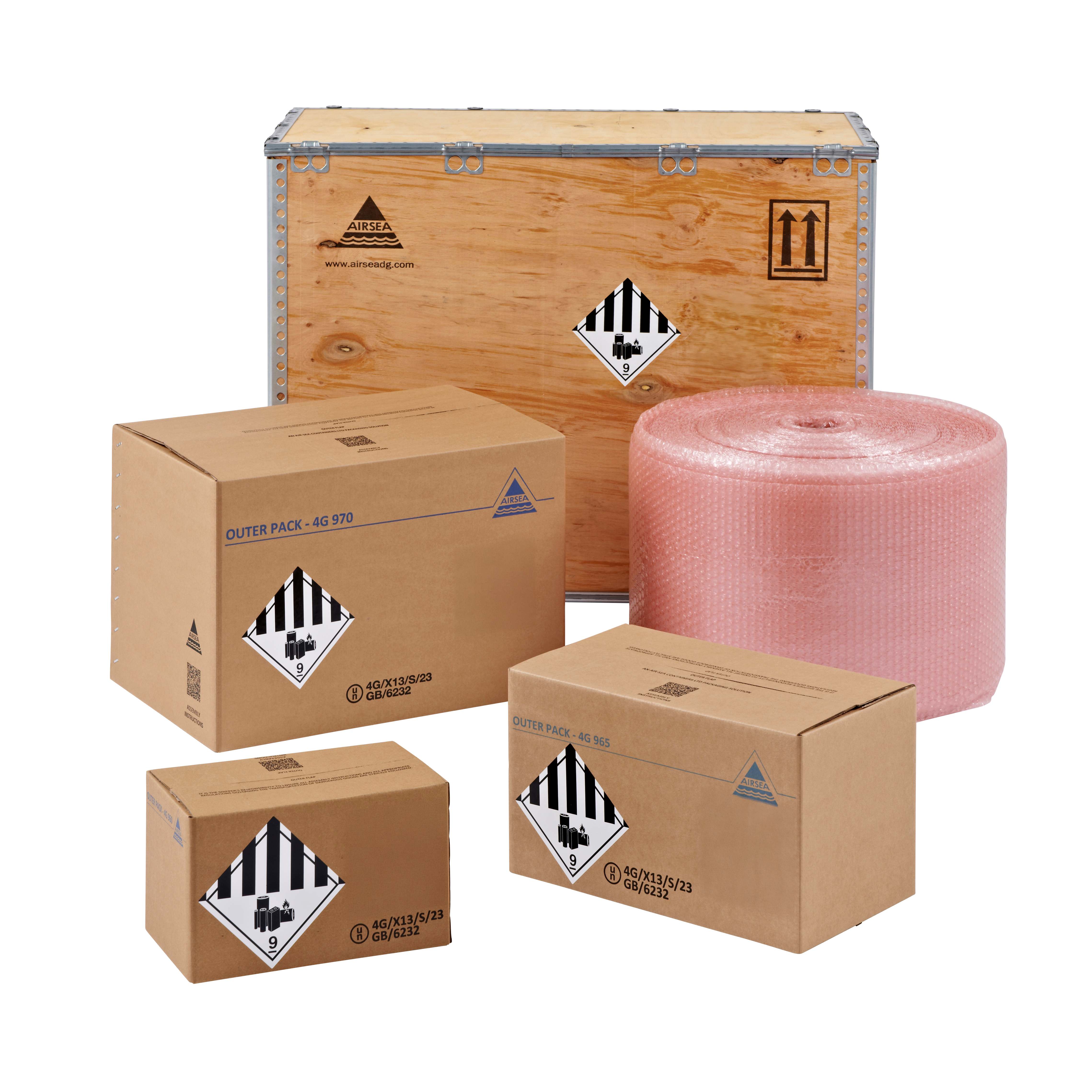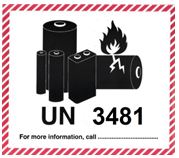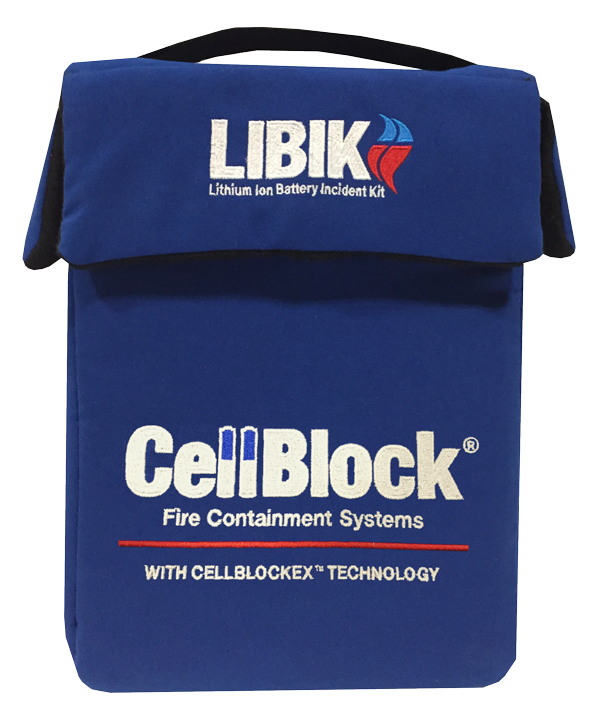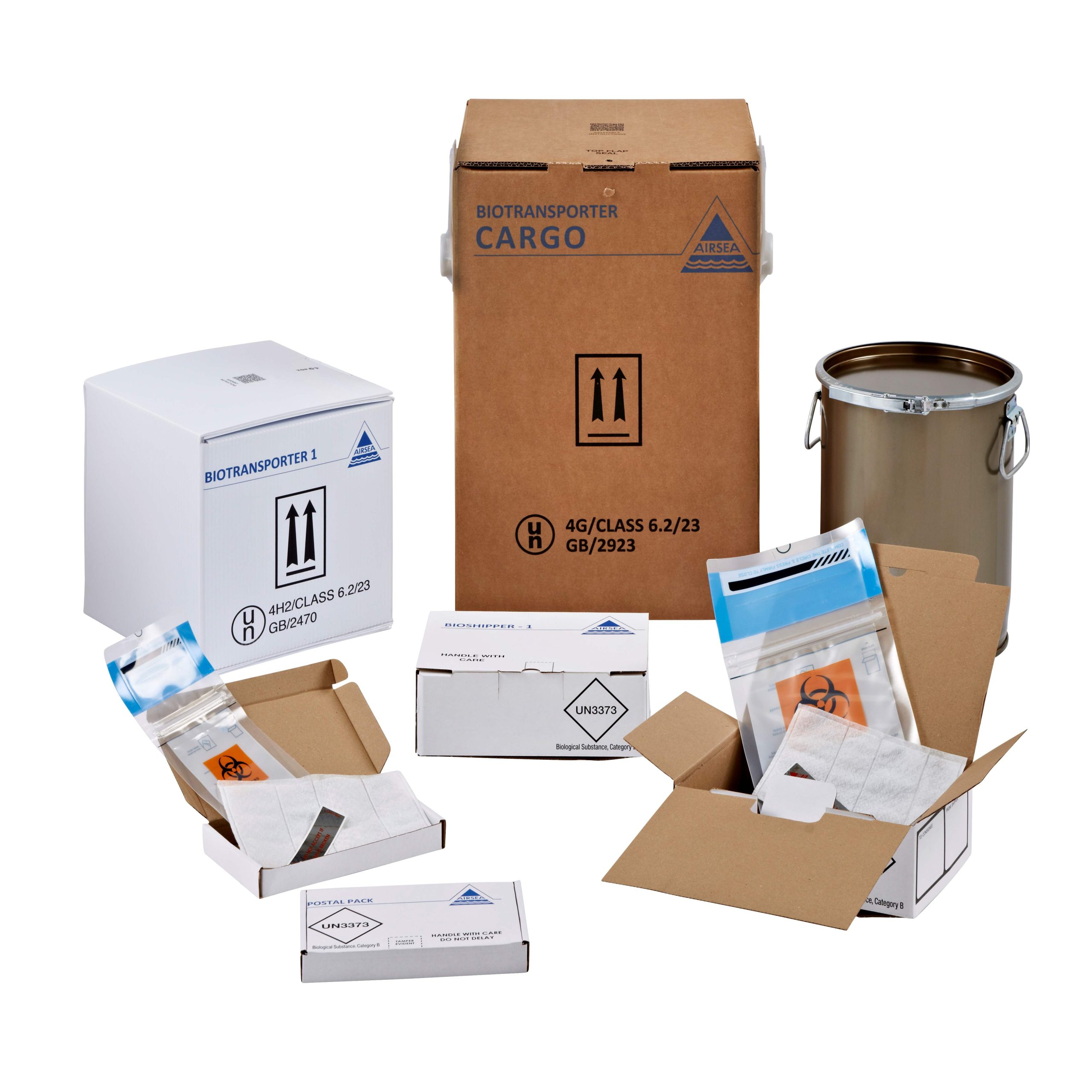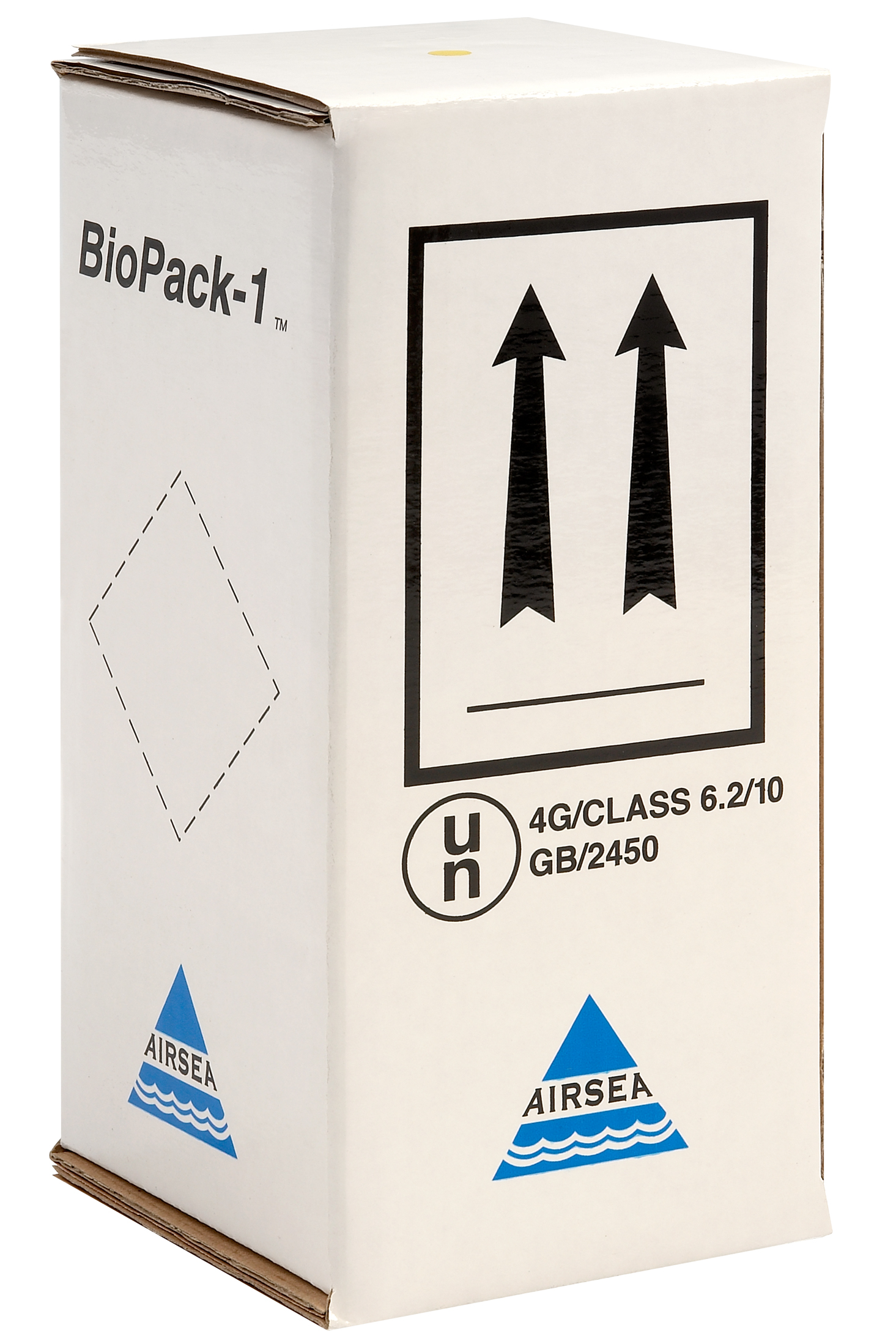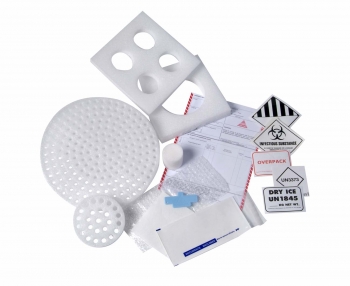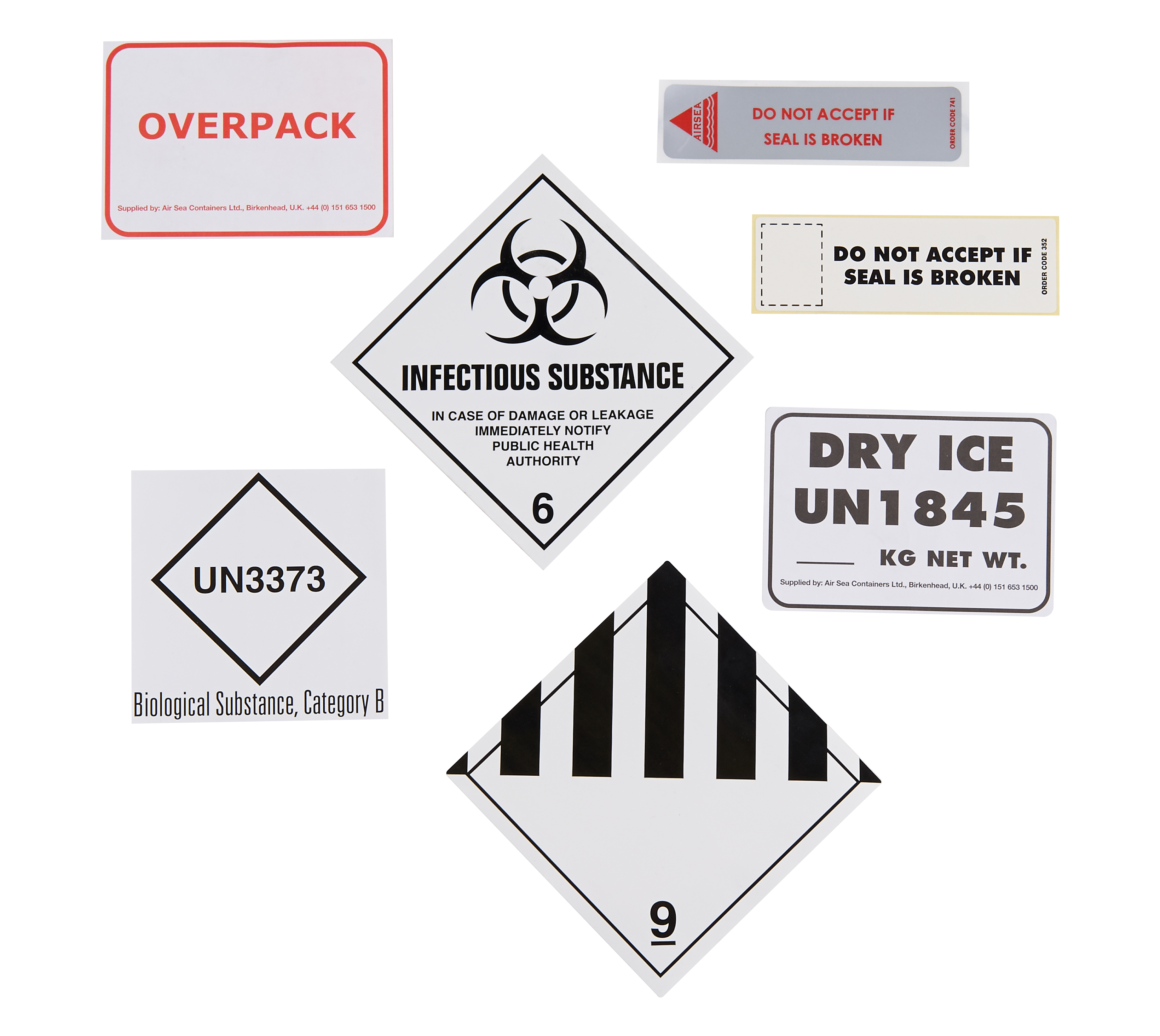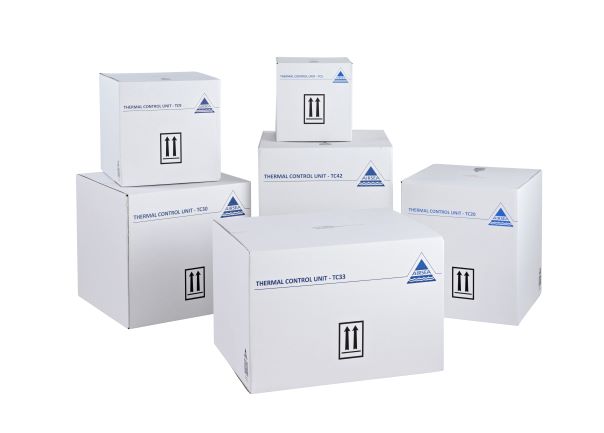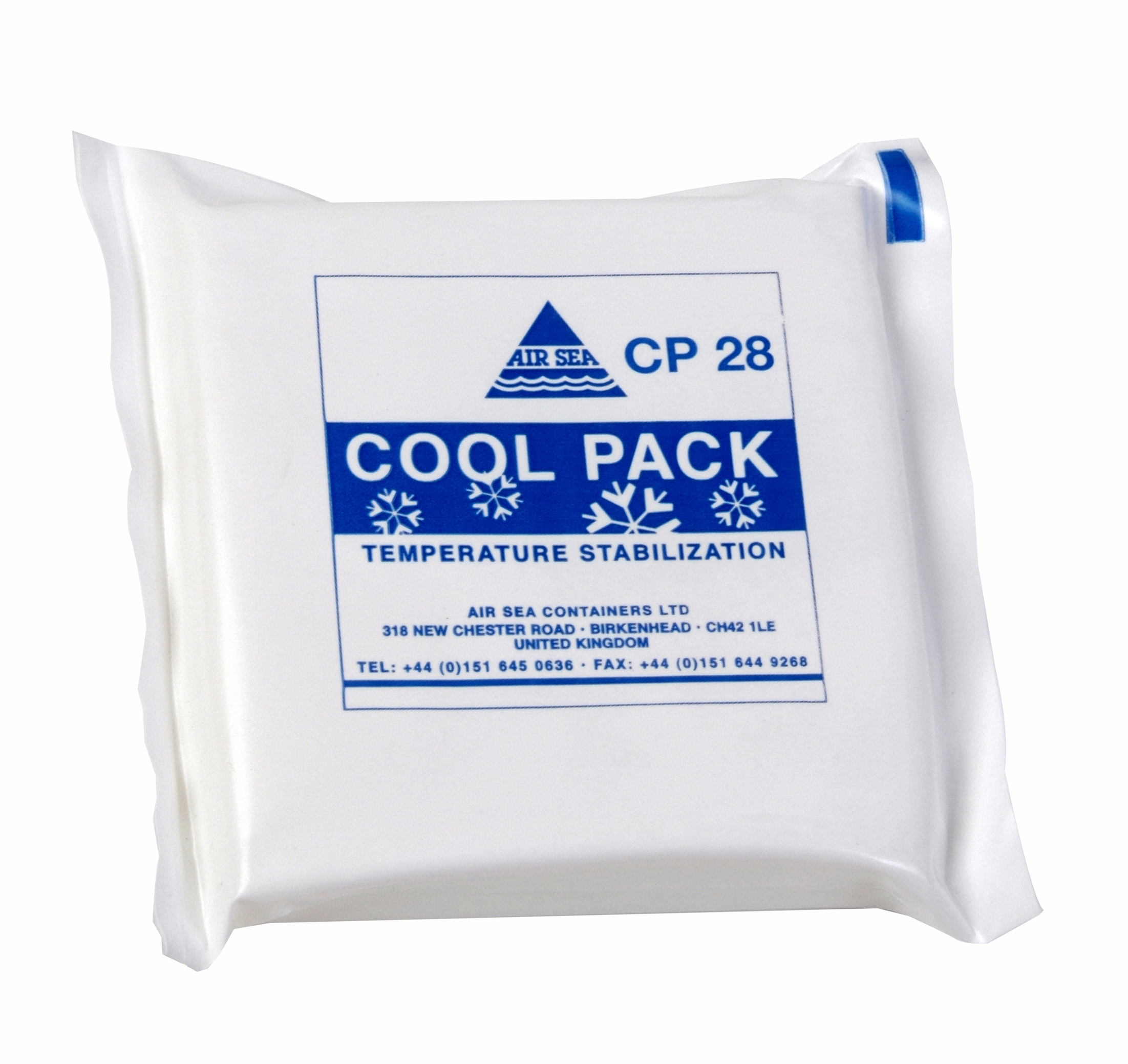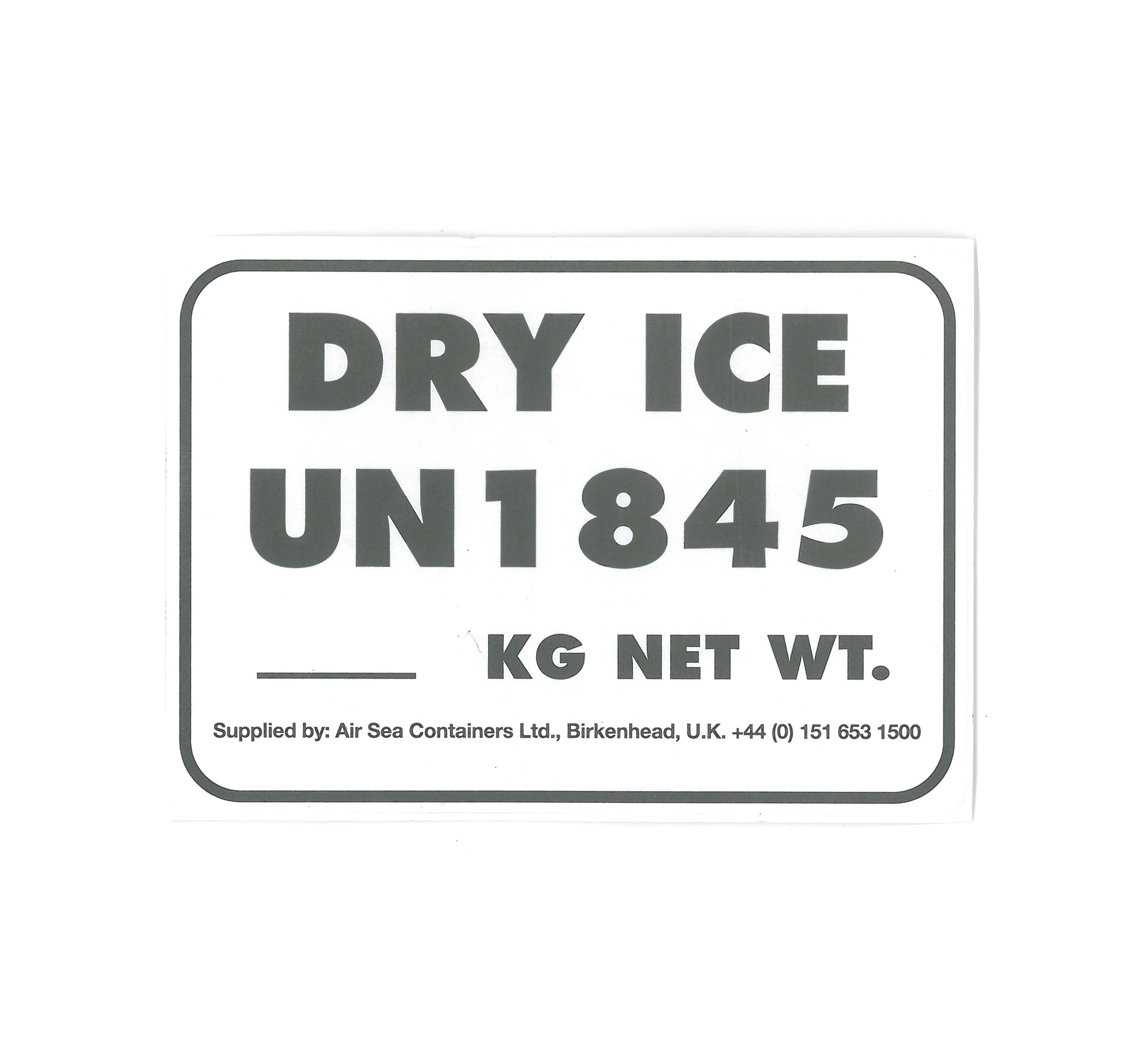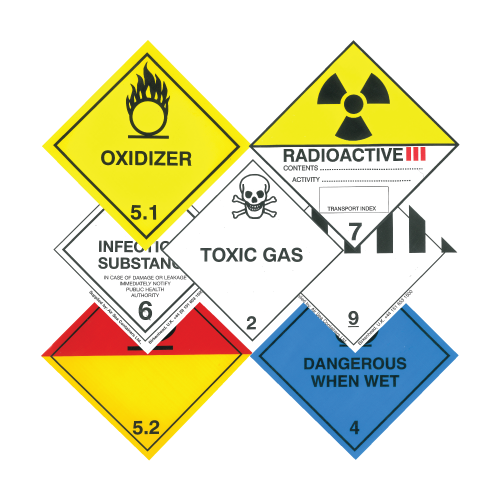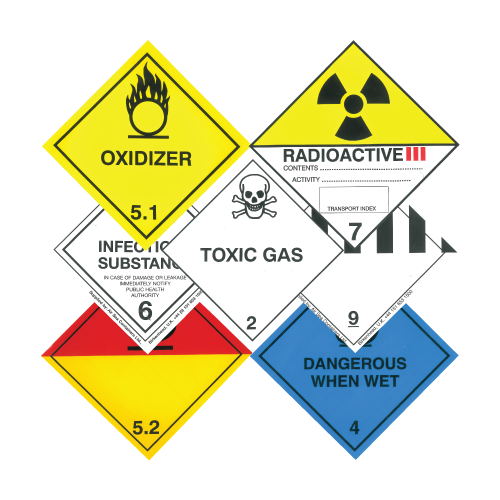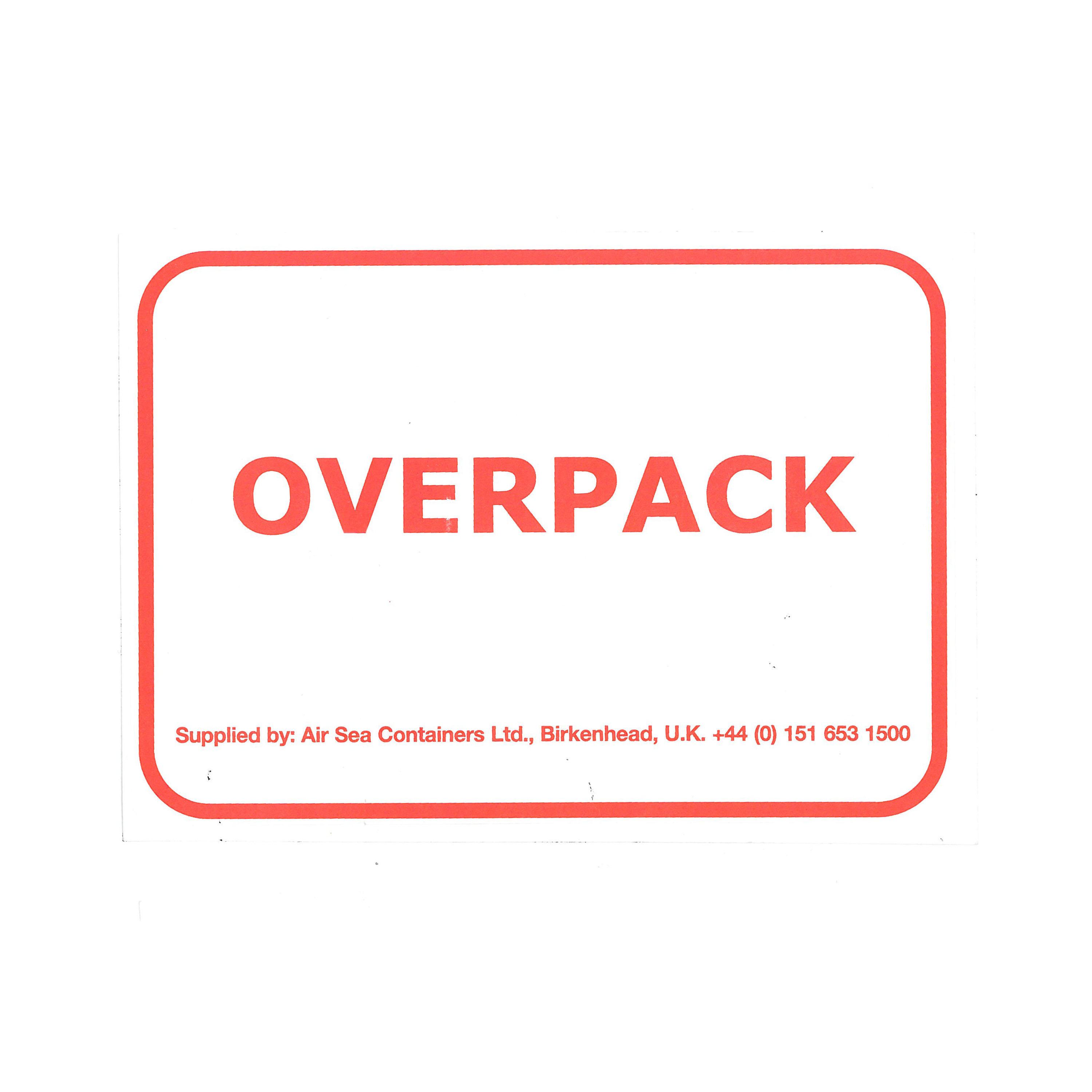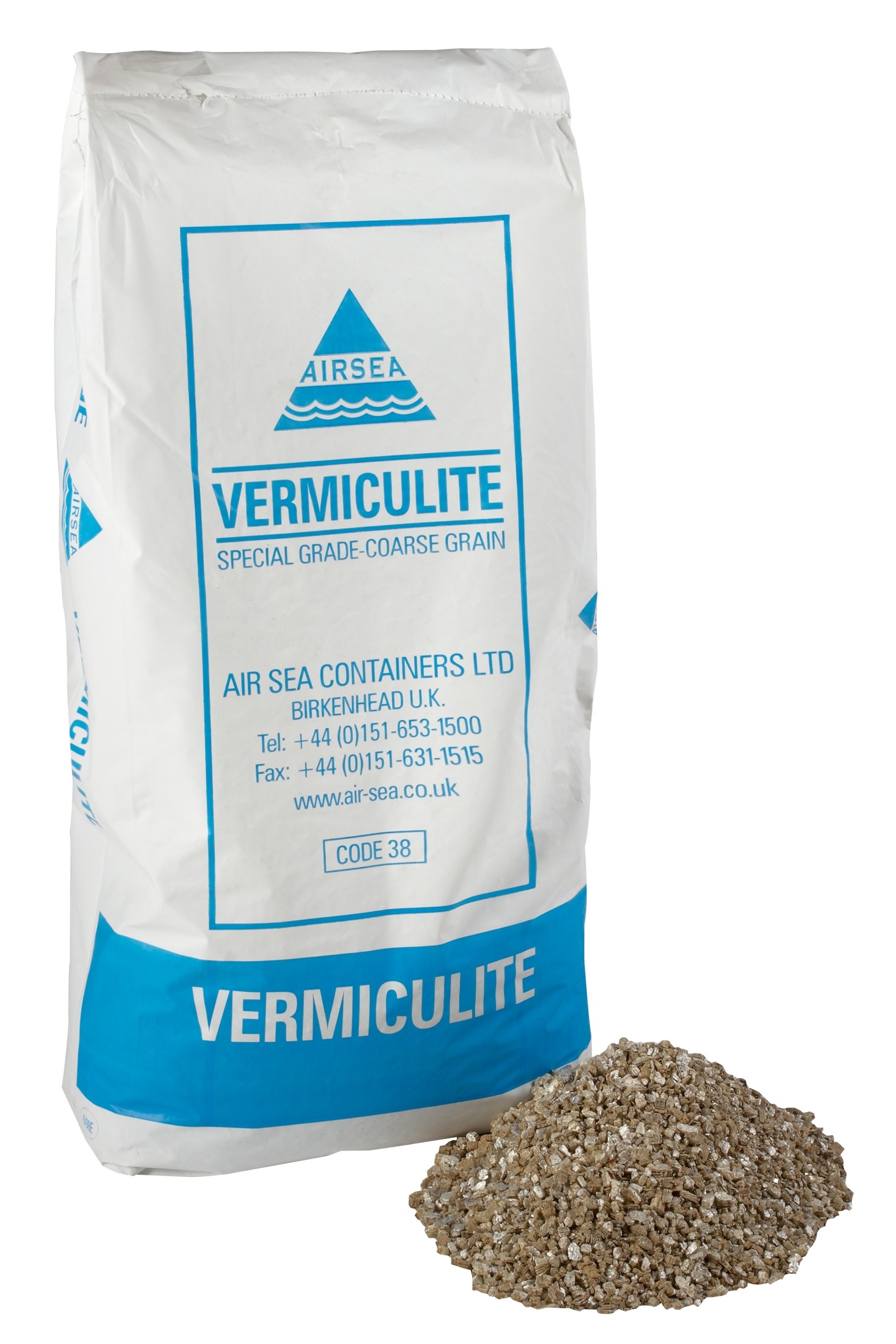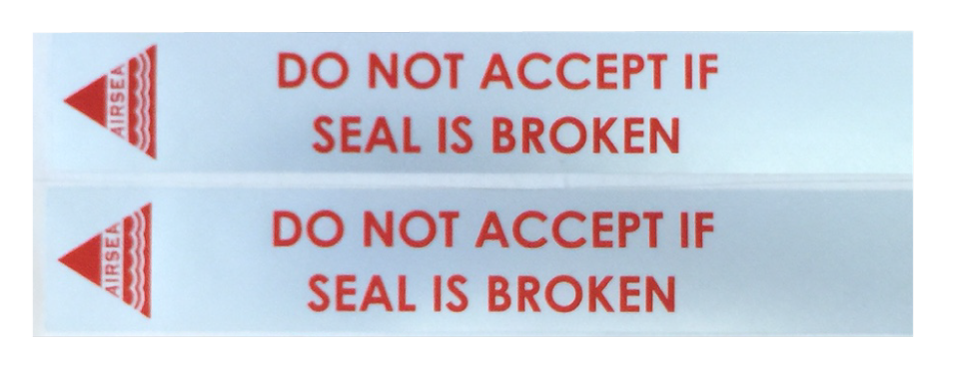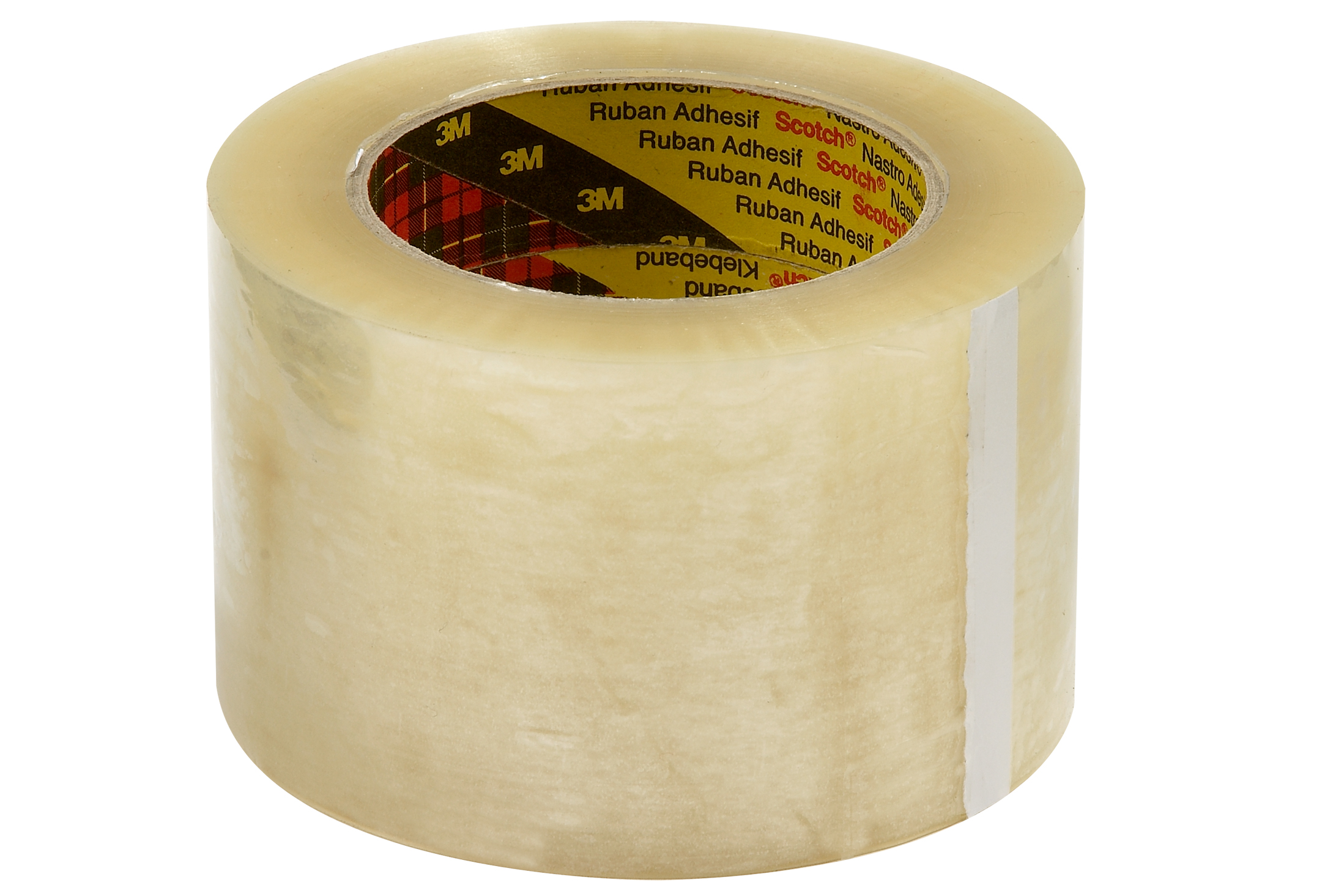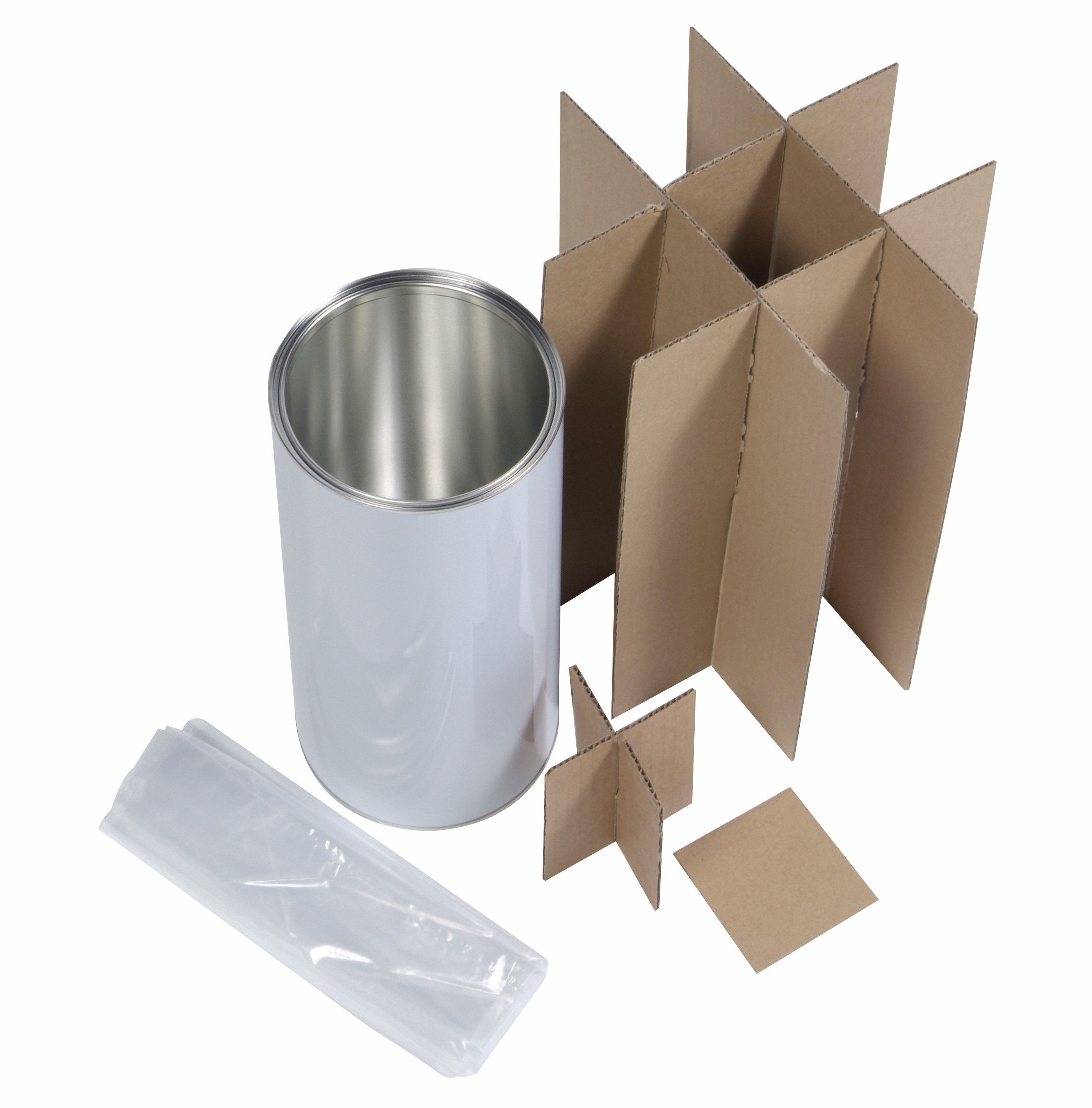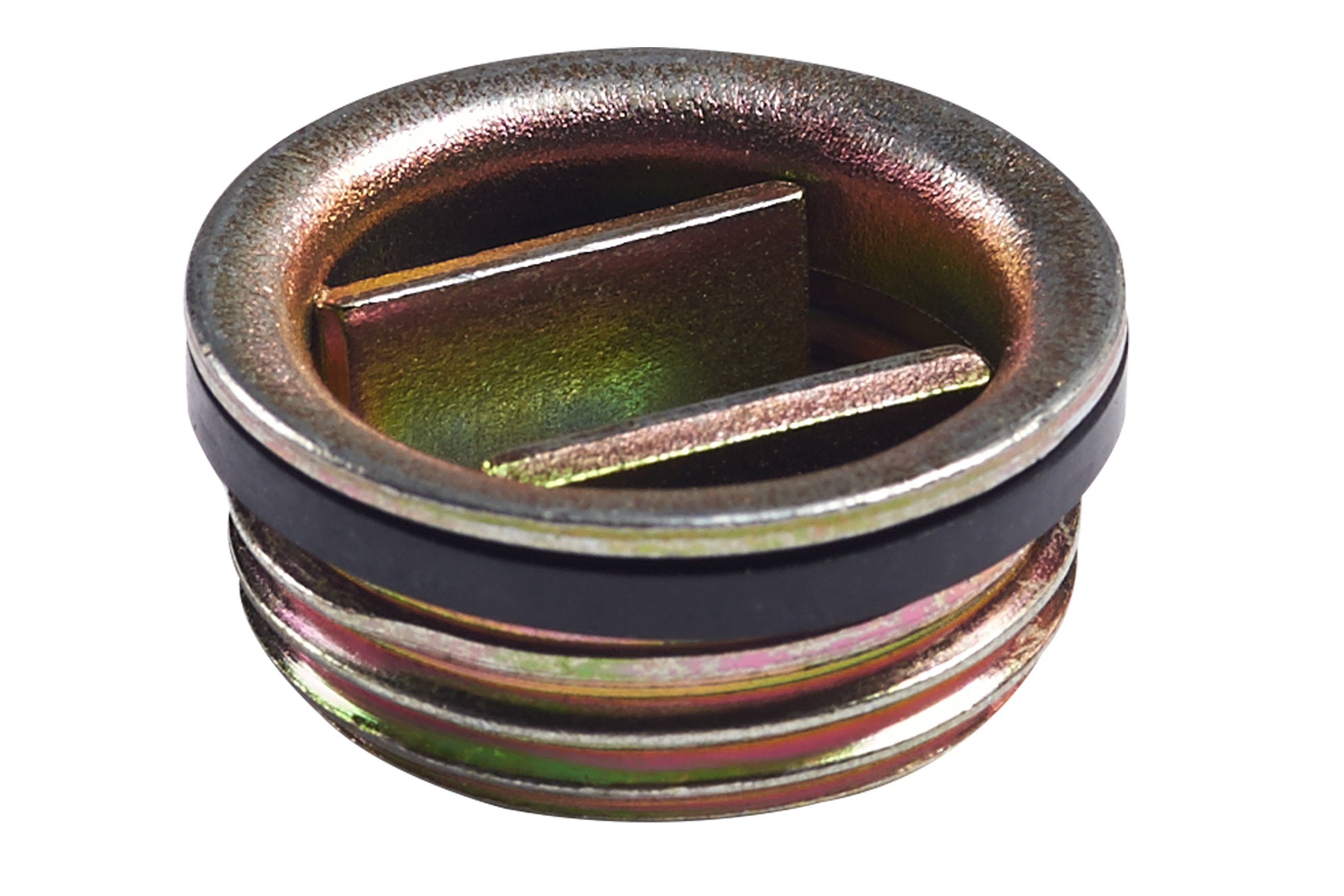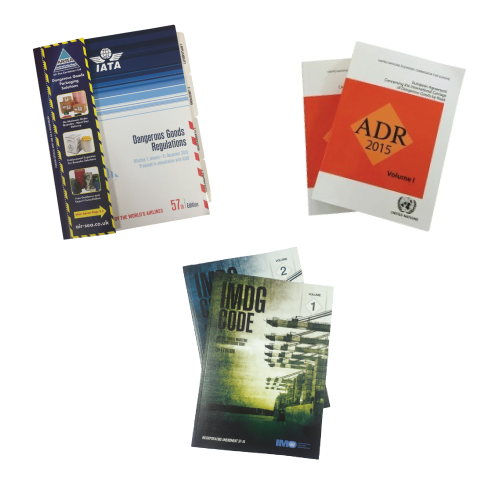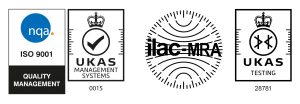Dangerous good packaging is simply not complete until the correct labeling and markings are in place. If you are wanting your package to remain safe throughout its journey, the carrier must be given an accurate idea of the risks involved. This means including the correct orientation stickers as well as those warning as to the contents of the package. There are a deceptive number of labels for you to put on each the package and it is entirely up to you to get right and ensure that they are seen. Mistakes can lead to industry fines, or worse, an actual disaster.
Forgetting or simply not knowing about the different requirements is no excuse. For instance, one of the most important hazard labels is the Cargo Aircraft Only sticker. This is designed to ensure that the package is never mistakenly loaded onto a passenger plane – a move that could prove deadly for all on board. Labels like this have to be compliant with the various authorities including IATA DGR, 49 CFR and ICAO. The label also has to be placed in an area where it will be seen and not overlooked.
Dangerous Goods Hazard Labels
There are many different types of hazard label that reveal the contents of the package. Despite this perhaps violating any privacy, it is a vital aspect of dangerous goods remaining safe throughout transit. The Lithium Battery hazard label is important as it will allow the handlers to block shipping if the battery is leaking or damaged in any way. The space for a telephone number will allow the shipper to contact you if the item is damaged, or alternatively, you could relay them to an industry specialist.
Heat or water can be a catalyst to certain dangerous goods. Having a hazard label that is large, clear and easily understandable is vital when ensuring your package is not exposed to unnecessary heat. The label should always be fully compliant with all known dangerous goods regulations.
Corrosive hazard labels are well known and understood across many countries. They are some of the most vital hazard labels you will ever use, but it is important to be sure that the codes and the classes correspond to your package. Each class relates to different type of hazards and will enable the handlers to properly take care of your package. Class 1 typically relates to explosives, Class 2 gases, 3 flammable liquids, 4 oxidizing substances, Class 6 toxic and infectious substances, 7 radioactive material, Class 8 corrosives and Class 9 miscellaneous dangerous goods. Proper research should always ensure your package is properly labelled.
Other Labels
There are of course many other labels that will ensure transport is incident free. Magnetised material will help to ensure that the magnet you are transporting doesn’t disrupt equipment such as electronics. Dry ice labels are quite common but need to correspond to the correct weight of the package. Cryogenic labels also warn people as to the delicate contents. Biotransporter packs have their own boxes to be put into which are already accurately labelled, so long as the contents match.
You can view the complete selection of packaging and hazard labels available from us here.
Information correct at time of publishing, 11th May 2016
 UK
UK




